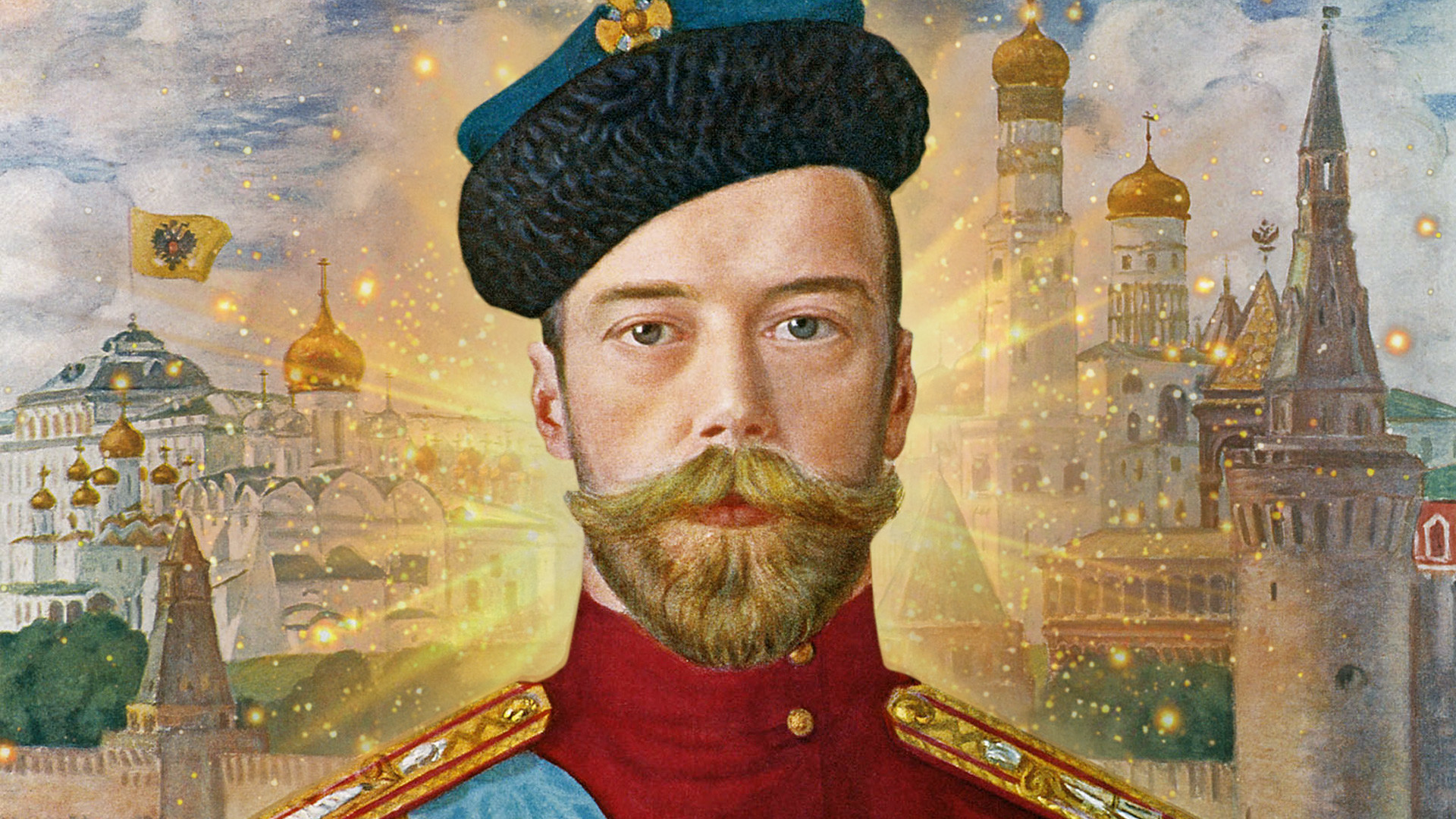
How religious processions are held in Russia


It is believed that the tradition of holding religious processions came to Russia from Byzantium. There, such ceremonies were held in the event of some natural disasters, such as earthquakes or epidemics. The first mentions of religious processions in the territory of Ancient Russia are found in the chronicles of the 9th century. Prince Vladimir, the Baptizer of Rus’, conducted a rite of conversion to the Orthodox faith for his subjects during a procession on the Dnieper. The tradition of religious processions is preserved today.
Where does the name come from
Such a procession is called a ‘krestniy khod’ (‘walk of the cross’), because believers follow a large cross. They also necessarily carry the Gospel, icons and ‘gonfalons’ – special banners with the image of Christ. The participants, meanwhile, sing church hymns – canons.

Participants of the ceremony are arranged in a certain order. First come the men carrying the cross, banners and the main icon. Then come the priests, believers with other holy images and women.
When they are held
Religious processions are held on major church holidays, to venerate a shrine or to places where miracles have occurred. Processions also differ in geography. There are religious processions around churches – for example, on Easter.

But there are also larger-scale ones. For example, on September 12 in St. Petersburg, a religious procession is held to commemorate the Holy Prince Alexander Nevsky. It has been held for centuries – the ceremony was established by Empress Elizabeth Petrovna. Believers walk from the Kazan Cathedral in the city center to Alexander Nevsky Square near the Alexander Nevsky Lavra.

One of the largest is the Velikoretsky religious procession, which has existed for more than six centuries. Up to 30,000 people take part in it. Believers with the icon of St. Nicholas walk from the Holy Dormition Cathedral of Kirov to the village of Velikoretskoye, where, according to legend, this image appeared to a local peasant.

The longest ones – from several days to several weeks – are carried out to other settlements. For 25 years, a two-week Volga religious procession has been held every summer in Tver Region. Believers walk 800 kilometers: from the Olgin Monastery in the village of Volgoverkhovye, where the source of the Volga River is located, to the Ascension Cathedral in the city of Kalyazin.

The religious procession begins with a liturgy, during which believers can receive communion, and ends with a prayer service with chanting. Prayer services are also held during the religious procession.
Easter religious procession
The most solemn and beautiful religious procession is considered to be on Easter. It begins shortly before midnight: the clergy and believers leave the church, walk around it three times singing hymns and then approach its closed door. The parishioners hold lighted candles in their hands and the solemn ringing of bells sounds from the church belfry. This procession is a reminder of how the myrrh-bearing women came to the Savior’s tomb to anoint his body with myrrh. But, they found the tomb empty and an angel announced his resurrection.

At this moment, the most joyful event for believers takes place: in front of the doors of the church, the participants of the procession sing “Christ is risen from the dead”, after which doors are opened and everyone goes inside. And, once in the church, the festive morning service begins.












